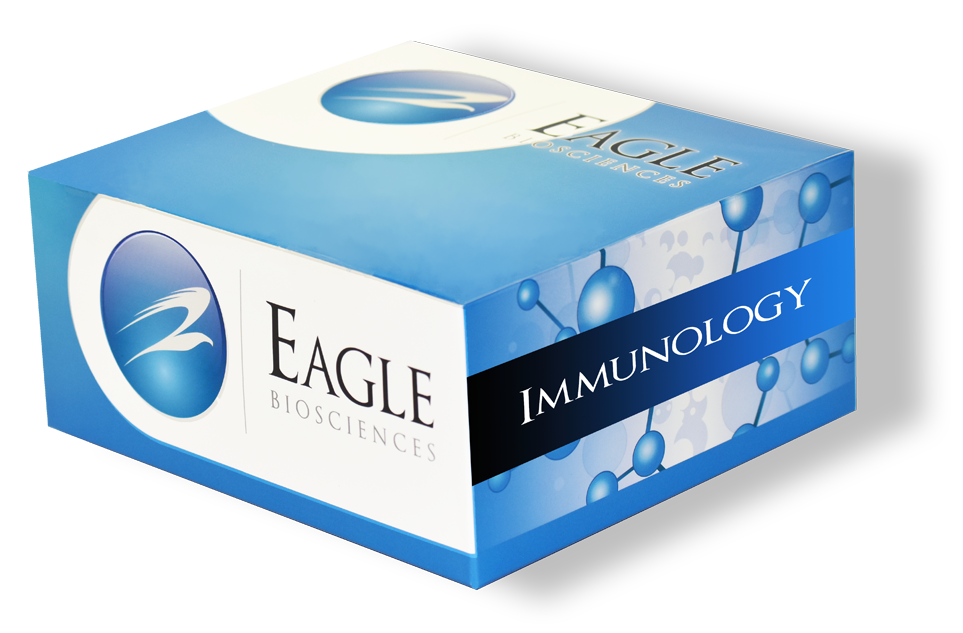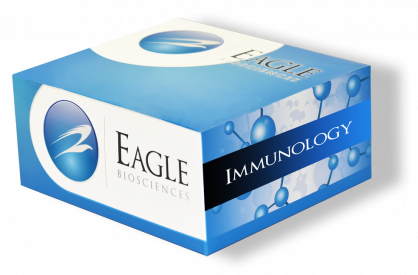S100A8/A9 (MRP8/14, Calprotectin, Mouse/Rat) ELISA Assay Kit
S100A8/A9 MRP8/14, Calprotectin, Mouse/Rat ELISA Assay Kit manufactured in Germany by Immundiagnostik
Size: 1×96 wells
Standard Range: 0.25-15.6 ng/ml
Incubation Time: 3 x 1 h; 5-15 min
Sample Type: Cell Culture Supernatant, Serum, Plasma, Stool (100 mg), Urine
Sample Size: 100 µl
Alternative Names: S100 calcium-binding protein A8/A9 complex ELISA Kit, Mouse Rat S100A8/A9 ELISA
For Research Use Only
Controls Included
Assay Background for S100A8/A9 MRP8/14, Calprotectin, Mouse/Rat ELISA Assay Kit
S100A8/S100A9 (MRP (8/14) is a calcium-binding protein secreted predominantly by neutrophils and monocytes. Fecal S100A8/S100A9 is a marker for neoplasic and in-flammatory gastrointestinal diseases.
It is often difficult to distinguish between irritable bowel syndrome and chronic in-flammatory bowel disease. This leads in many cases to extensive and unnecessary colonoscopic examinations. The S100A8/S100A9 test allows clear differentiation between the two patient groups. Fecal S100A8/S100A9 levels correlate significantly with histological and endoscopic assessment of disease activity in Morbus Crohn‘s disease and ulcerative colitis as well as with the fecal excretion of indium-111-labelled neutrophilic granulocytes that has been suggested as the “gold standard“ of disease activity in inflammatory bowel disease. However, measuring 111-indium-labeled granulocytes is very costly (patient’s hospitalization, analysis and disposal of isotopic material) and is connected with radioactive exposition of the patients. For this reason, a repeated application to children and pregnant women is not recommended.
Elevated levels of S100A8/S100A9 are a much better predictor of relapse than standard inflammatory markers (CRP, ESR HB). Comparing this marker with standard fecal occult blood screening in colorectal cancer demonstrates clearly the diagnostic advantages of the fecal S100A8/S100A9 test. The parameter is of a high diagnostic value: If the S100A8/S100A9 level in stool is low, there is a high probability that an organic disease does not exist.
Related Products
Calprotectin ELISA
Pancreatic Elastase ELISA Kit
Thymulin ELISA Assay


